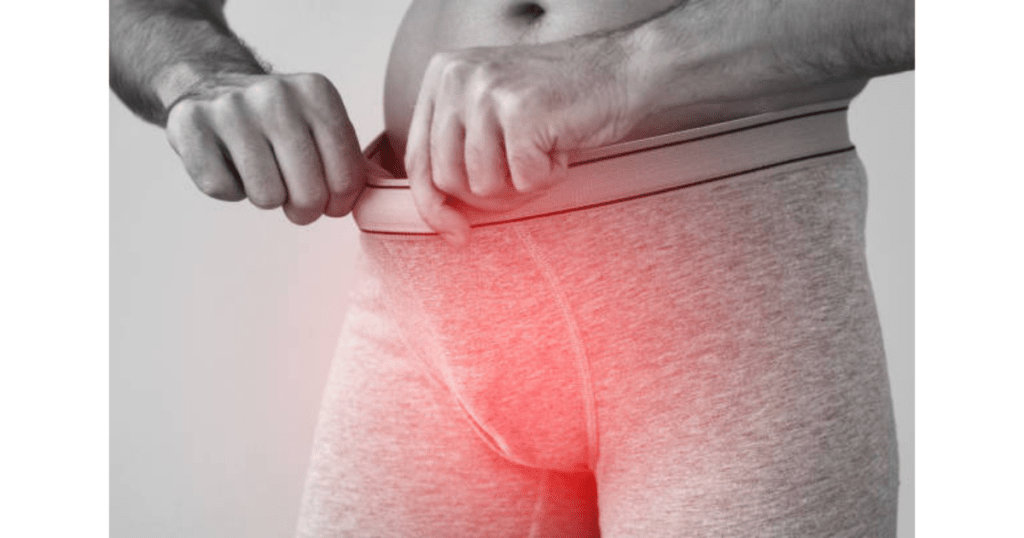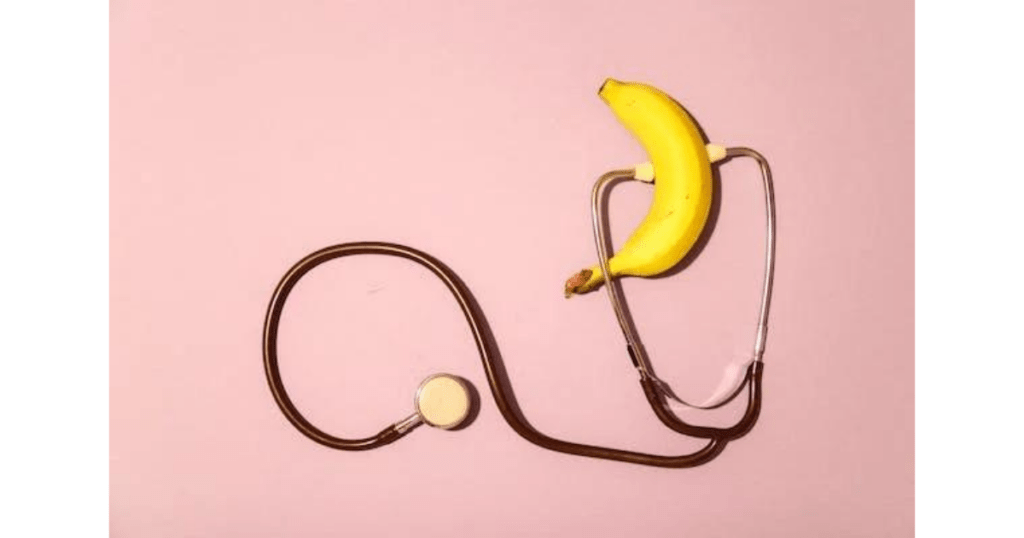What is Penile Curvature?
Penile curvature refers to the abnormal bend or curve of the penis during an erection. A natural curve in the penis is actually quite common and is considered a normal variation. There is often no specific reason why some individuals have a slightly curved penis while others have a straight one. Just like people come in different shapes and sizes, penises can also have variations in appearance, including curvature.
In many cases, a slight curvature is simply a result of the way the tissues and structures in the penis develop. It could also be influenced by genetics, which means it might run in your family. As long as the curve is mild and doesn’t cause any discomfort or interfere with your sexual function, it’s generally not something to be concerned about and it’s perfectly normal!

Understanding Congenital Penile Curvature
Congenital penile curvature, also known as chordee, is a condition that is present at birth. It is characterized by a bend or curve in the penis that may become more noticeable during puberty. Most individuals with congenital penile curvature do not experience any significant issues, but in some cases, it can cause pain or difficulties during sexual intercourse. If you have concerns about congenital penile curvature, it is recommended to consult a healthcare provider for further evaluation and guidance.
Symptoms and Diagnosis
The symptoms of penile curvature can vary depending on the underlying cause. In general, the main symptom is a noticeable bend or curve in the penis during an erection. Other common symptoms include penile pain, difficulty achieving or maintaining an erection, and changes in penile length or girth. If you experience these symptoms, it is important to consult a healthcare provider for a comprehensive evaluation. Diagnosis of penile curvature often involves a physical examination, a review of medical history, and potential imaging tests such as penile duplex Doppler ultrasound.

Causes of Penile Curvature
The causes of penile curvature can vary depending on the type of curvature experienced. Congenital penile curvature is believed to be present from birth and may be caused by differences in elasticity on either side of the penis. On the other hand, Peyronie’s disease is thought to result from repeated injury to the penis, leading to the formation of scar tissue. However, the exact causes of Peyronie’s disease are still not fully understood. It is important to note that penile curvature is not contagious and cannot be spread to others.
Types of Penile Curvature
Penile curvature can manifest in different ways, and understanding the various types can help guide treatment options. The two main types of penile curvature are congenital penile curvature and Peyronie’s disease. Congenital penile curvature is present from birth, while Peyronie’s disease develops later in life. Peyronie’s disease is characterized by the formation of scar tissue within the penis, leading to a bend or curve during an erection. It is essential to consult a healthcare provider for an accurate diagnosis and appropriate treatment plan.
Non-Surgical Treatment Options
Treatment options for penile curvature can vary depending on the underlying cause and severity of the condition. In many cases, non-surgical approaches are recommended as the first line of treatment. Traction therapy, which involves using external devices to gently stretch the penis or bend it in the opposite direction of the curve, may be recommended. Medications, such as those injected directly into the penis or taken orally, may also be prescribed to help improve blood flow or break down scar tissue. Another non-surgical option is shockwave therapy, which uses targeted soundwaves to treat the plaque associated with Peyronie’s disease.

Surgical Interventions for Penile Curvature
In more severe cases of penile curvature, surgical interventions may be necessary to correct the bend or curve. Surgical options can include plaque excision, where the scar tissue is removed, or plication, which involves suturing the opposite side of the penis to reduce the curvature. In some cases, a penile implant may be recommended to achieve a straight and rigid erection. Surgical interventions should be discussed with a urologist who specializes in conditions of the urinary and reproductive systems to determine the most appropriate course of action for each individual.
Living with Penile Curvature
Living with penile curvature can have physical and psychological impacts. It is important to be open and honest with your partner(s) about the condition, as communication and understanding can help navigate any challenges that may arise. Seeking support from healthcare professionals, such as urologists, sex therapists, psychologists, or psychiatrists, can provide valuable guidance in managing the physical and emotional aspects of penile curvature. It is crucial to remember that seeking treatment and support is a proactive step towards improving your quality of life and overall well-being.
When to Seek Medical Attention
If you notice any changes in your penis, such as a significant bend or curve, pain, difficulties during sexual intercourse, or other concerning symptoms, it is advisable to seek medical attention. Consulting a healthcare provider, particularly a urologist, can help with proper diagnosis and treatment planning. Early intervention is essential to prevent further progression of the condition and to address any associated physical or psychological concerns. If you experience a sudden onset of severe pain, loss of erection, or other emergency symptoms, it is important to seek immediate medical care.
In conclusion, penile curvature is a common condition that can have significant impacts on physical and psychological well-being. Understanding the causes, types, and available treatment options is essential in managing this condition effectively. With the support of healthcare professionals and open communication with partners, individuals with penile curvature can navigate their journey with confidence and improve their overall quality of life. Remember, seeking medical attention is the first step toward finding the best solution for your unique situation. If you want to burst some myths related to penile curvature, visit Sukham.









